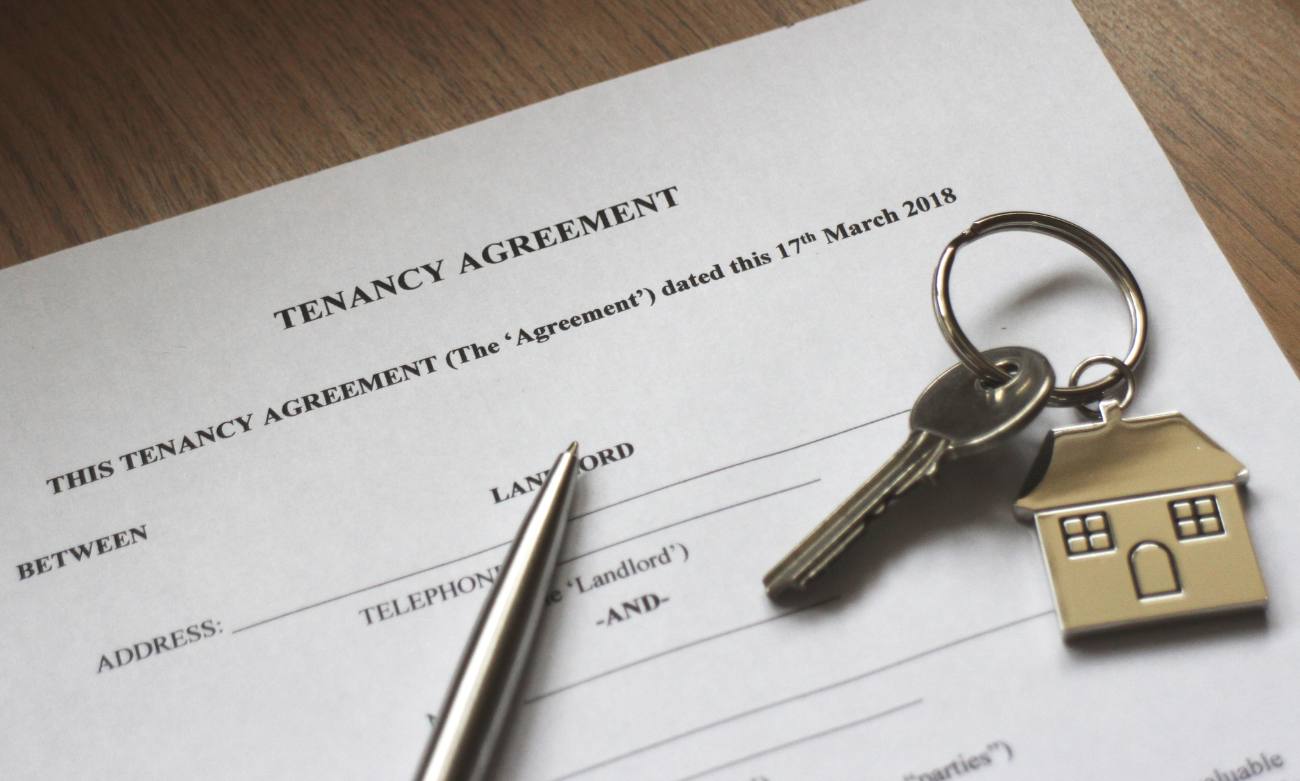5 things to do before signing a tenancy agreement

5 things to do before signing a tenancy agreement
Starting university will expose you to plenty of “first experiences” and that may include signing a tenancy agreement, which can be a bit scary, so we’ve come up with five rules you should follow to make the experience stress and risk free.
1. Find out what kind of tenancy agreement you are signing
Depending on what kind of accommodation you choose you will sign one of the following types of agreements.
Fixed term tenancy agreement – if you choose Student Halls or a provider of student accommodation, such as stuhomes, you will most likely sign a fixed term tenancy agreement for and academic year, which is nine months. These agreements mostly do not have break clauses which means you cannot terminate your contract. The only way to avoid paying the rent if you move out before the end of the agreement is to find someone to take over your room and even then, there might be a fee to transfer the agreement to the new tenant.
Shorthold tenancy agreement – if you choose to rent a flat or house you will most likely sign a shorthold tenancy agreement, which typically runs from 1st July to 30th June. In some cases, there is a break clause whereby you can leave after giving the relevant notice and meeting any terms set out in the agreement, such as finding a replacement tenant, without incurring a termination fee.
Joint Tenancy Agreement – if you rent a flat or house as a group you will be asked to sign a joint tenancy agreement, which essentially means everyone is equally liable. For example, if one person breaks something or doesn’t pay their rent, then the landlord has the right to pursue everyone named on the tenancy agreement for the losses. Therefore, it is advisable to sign an individual contract if you are intending to share with a group.
2. Read the paperwork thoroughly
Whether you choose to live in Student Halls, rent a flat or live in purpose-built student accommodation you will be issued with a tenancy agreement and if you aren’t then ask for one.
Read the agreement carefully and if there is anything you don’t understand then email your questions to whoever issued you the agreement to seek clarification. And don’t be afraid to push back on anything you don’t agree with or haven’t seen before. Remember, once you have signed the agreement, it’s very hard to argue against it.
Also ensure the following things are included in the tenancy agreement.
· The names of all parties.
· The rental property’s address.
· The start and end dates of your agreed tenancy
· The rent price, how it is to be paid and on what dates.
· How much deposit you will need to pay and which Tenancy Deposit Scheme it will be held in.
· The bills you will be responsible for
· Whether the rent can be increased during the contract and by how much
· How you can end the tenancy early, and how much notice you must give
· Who is responsible for minor repairs. And how quickly will repairs will be completed.
· Your obligations on occupying the property, such as if you can sublet or keep pets.
3. Request an inventory list
If you are renting a place furnished you will be given a list of items in the accommodation. Check whether these items are there and whether they are in good condition. If they are missing or damaged notify the landlord immediately in writing. And refer to the tenancy agreement as it might state a cut off period to when you can do this by.
It’s also a good idea to do a video inventory yourself with a commentary of any issues, such as kitchen equipment not working, damage to flooring or walls, things not working properly in the bathroom, or things like beds, sofa’s being damaged or soiled.
Some of the things you should look out for are:
· Taps work and don’t leak.
· There is a smoke alarm, and it works.
· There is no damp or mould.
· Test the light bulbs and all switches.
· Check all locks work.
Remember if you do not report these things when you move in, when it comes to moving out you will not be able to prove you were not responsible for the damage or loss of items and the landlord could deduct your deposit.
4. Request details of the Tenancy Deposit Scheme
Your landlord must put your deposit in a government-backed tenancy deposit scheme within 30 days of receiving it if you rent on an assured shorthold tenancy scheme. You must be notified of the scheme used and all the details should be outlined in the tenancy agreement, because if there is a dispute you can contact the TDS to help mediate between yourself and the landlord.
5. Agree on repairs and replacements in writing
If any repairs are required or things, such as mattresses or sofa’s need to be replaced discuss these before you sign the tenancy agreement by making your concerns known to the landlord in writing. This can be an email or a text message. And take photos of the repairs needed or the things that need to be replaced. And most importantly agree a date by which it needs to be done and what will happen if deadlines are missed.






